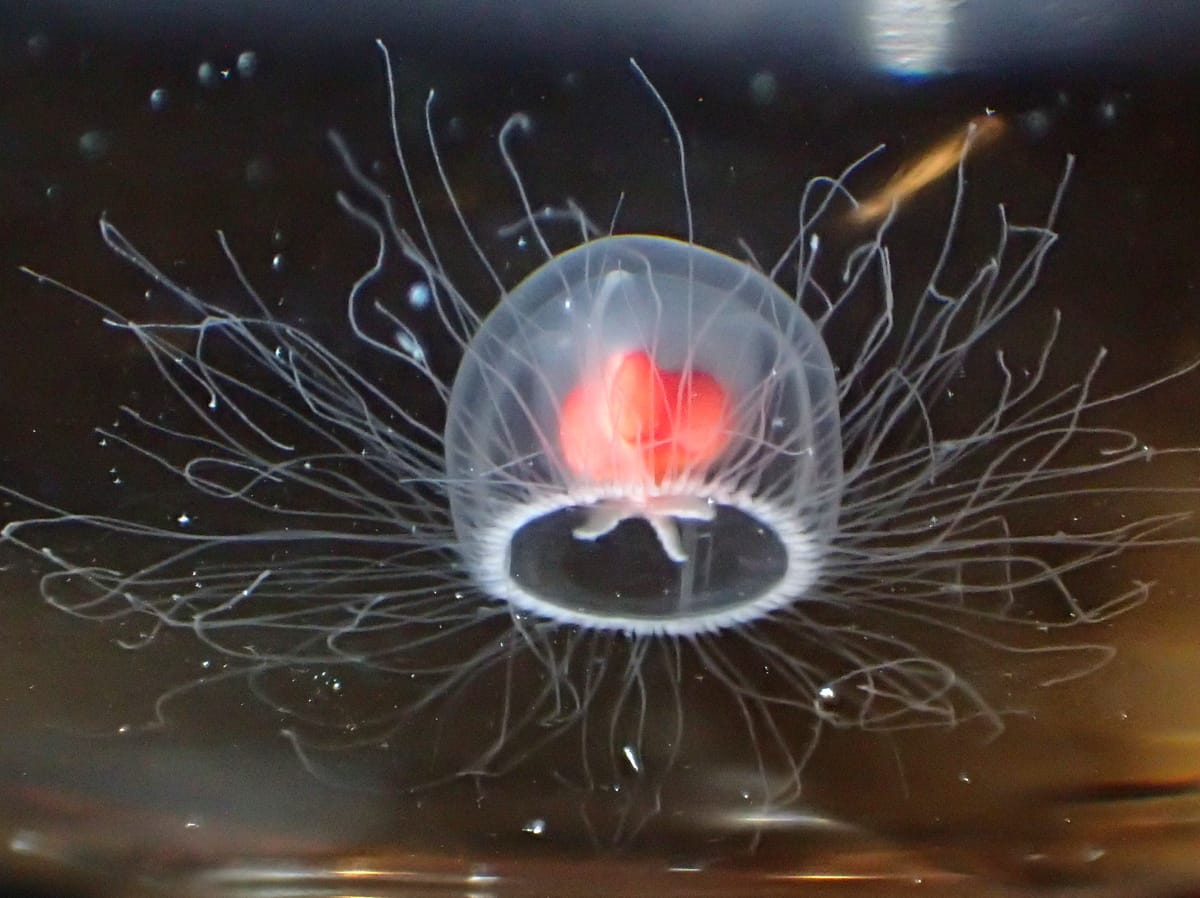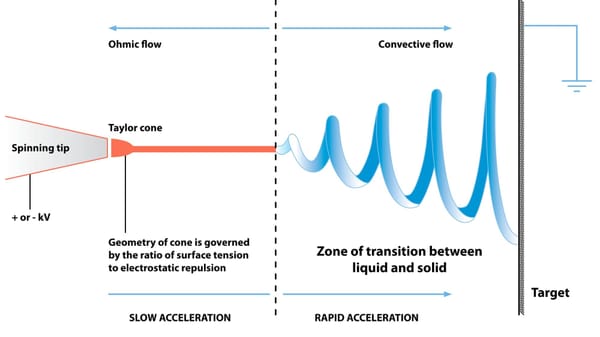Forever young is possible for some organisms
Death is ubiquitous in nature... and so is mocking it!

Mammals grow exponentially during embryonic and juvenile development. But the growth halts at the adult stage. Then, the period of ageing (or senescence) begins, and organisms undergo a gradual deterioration of tissues that result in age-related diseases, infertility and finally, death.
However, lobsters can grow indefinitely throughout their lives whilst maintaining juvenile vigour and reproducing until their death. The reason for this unique phenomenon is that lobsters have infinite supplies of telomerase, an enzyme that regenerates telomeres. These are fragments of DNA located at the end of eukaryotic chromosomes. Telomeres protect the integrity of the chromosome. However, the length of telomeres shortens with each cell division. When the chromosomes run out of telomere, the cell has a very high risk of suffering DNA damages during cell division and hence, are more likely to convert into a malignant (or cancerous) cell. Therefore, for the sake of the whole body, the cell stops undergoing division and enters a period of cellular senescence. However, this means that the cells of tissue will not be replaced by new ones. Consequently, the fate of the organism is a continuous and systemic organic deterioration. Telomerase avoids this cruel destiny by elongating the telomeres again and allowing cells to undergo more cell divisions, rejuvenating the tissues. Lobsters have the gene that encodes for telomerase activated in every single cell of their body, but in the case of mammals, telomerase only works in the whole body during embryonic development and it then shuts down, except in the particular cells called stem cells. However, lobsters are far from being immortals, and do not usually live more than 40 years. This is because, like any other arthropod, they need to moult their shells as they grow. Shedding is a biologically stressful process and it only gets harder the larger the lobster is. Around 10-15% of lobsters die during shedding due to exhaustion. This percentage is small because the most common causes of death in lobsters are diseases and predation.
If there is any creature on Earth that could be truly qualified as “immortal”, it is the jellyfish Turritopsis dohrnii. The jellyfish begins life as a polyp, a small tube-like structure attached to the ocean floor than eventually decided into a colony of specialised cells that can reproduce to form new polyps. The signature trait of T. dohrnii is the capability to “restart its life cycle. That is to say, T. dohrnii is able to ‘mock’ death by transforming itself into a cyst (a mass of tissue) and from this back again to its polyp stage, resetting its life cycle. If humans had this ability, we would be able to become babies again and grow normally to adulthood. Since the discovery of its ‘immortality’ in the 1980s, several studies have been conducted to find out the mechanisms behind it. Some of the most impressive research was carried out by the Japanese professor, Shin Kubota, who has kept this species in captivity for over 10 years. In 2020, an investigation into the genetic material of T. dohrnii revealed high activity of genes that express telomerase in the cyst form, similar to lobster. Therefore, telomerase is a key player in repairing jellyfish DNA in its cyst stage so it may carry out its life cycle once again.
Humans cannot withstand more than three days without drinking water. A dehydration of around ¼ of our body mass is deadly. Astonishingly, the resurrecting plant Xerophyta viscosa can survive having lost 95% of its water content! This plant lives in regions of South Africa where there are periods of water scarcity. When X. viscosa detects that available water levels are plunging, it starts shutting down almost all its operating systems. X. viscosa can halt photosynthesis by degrading chlorophyll, a photosynthetic pigment that absorbs sunlight. Consequently, X. viscosa shuts down its metabolism and enters a standby state that would be lethal for most living beings. When the environmental humidity begins rising to optimal levels, the plant reacts quickly and can return to its normal metabolic activity in three days as if nothing happened!
Overall, there is a pattern in these organisms. First, they are able to modify greatly the DNA composition and structure in such a radical way that mammals, including us, cannot. Second, they possess the capability to enter into a dormant-regenerative phase (e.g., cyst form in the case of T. dohrnii). This would be deadly in human cells as they need to be in constant activity to continue living. Therefore, the “eternal fountain of youth” is still far away, if it even exists.









